Description
What is an Internal GPS Antenna For Vehicle Tracking FPC Antenna?
The Internal GPS Antenna CTRF-ANTENNA-GPS-1575-3615-IPEX flex PCB antenna is a passive GPS antenna at 1575.42 MHz Internal GPS Antenna is manufactured by C&T RF Antennas Inc. for Vehicle Tracking.
The 1575.42 MHz Internal FPC Antenna with a 36x15mm compact FPCB board size and 140mm RG1.13 coaxial cable, U.FL/Ipex connector antenna for Global Positioning System.
C&T RF Antennas Inc provides the IoT & M2M antennas with other radio frequencies such as 169MHz, 230MHz, 315MHz, 433MHz, 868MHz, 915MHz, Lora, VHF&UHF, NB-IoT, GSM, Wifi 2.4GHz, 5.8GHz, Cellular 2G 3G 4G LTE, GPS, GNSS, 5G NR, UWB, NFC, ADS-B, etc.
C&T RF Antennas Inc provides GPS antennae with many antenna types such as Dipole Antennas, Whip Antennas, Marine Antennas, Router Antennas, MIMO Antennas, Combo Antennas, PCB Antennas, FPC Antennas, Spring Antennas, Sector Antennas, Yagi Antennas, etc. for IoT & M2M industries.
1575.42 MHz Internal Flex Antenna GPS PCB Antenna Is Available At C&T RF Antennas Inc. We Offer Internal GPS Antenna Inventory, Internal GPS Antenna pricing, and Internal GPS Antenna datasheet for the GPS PCB antenna.
Or other Passive GPS GNSS antenna styles.
Internal GPS Antenna For Vehicle Tracking FPC Antenna Specifications
Internal GPS PCB Antenna For Vehicle Tracking Electrical Specifications |
|
| RF Antenna Type | GPS Antenna |
| Model | CTRF-ANTENNA-GPS-1575-3615-IPEX |
| Frequency | 1575.42 MHz |
| Gain | 3dBi |
| VSWR | ≤2.0 |
| Impedance | 50 Ω |
| Polarization | Right Hand Circular Polarization |
| Cable | RG1.13mm |
| Cable Length | 100mm |
| Connector | U.FL/IPEX |
| Lightning Protection | DC Ground |
Internal GPS PCB Antenna For Vehicle Tracking Mechanical Specifications |
|
| Dimension | 36x15mm |
| Weight | Approx. 3g |
| Material | FPC |
| Operation Temperature | -40˚C ~ +85˚C |
| Storage Temperature | -40˚C ~ +70˚C |
| Color | Black |
| Antenna Form | Passive |
| Mounting | Sticker/Connector |
| Safety Emission and other | RoHS Compliant |
| Applications | GPS/GNSS |
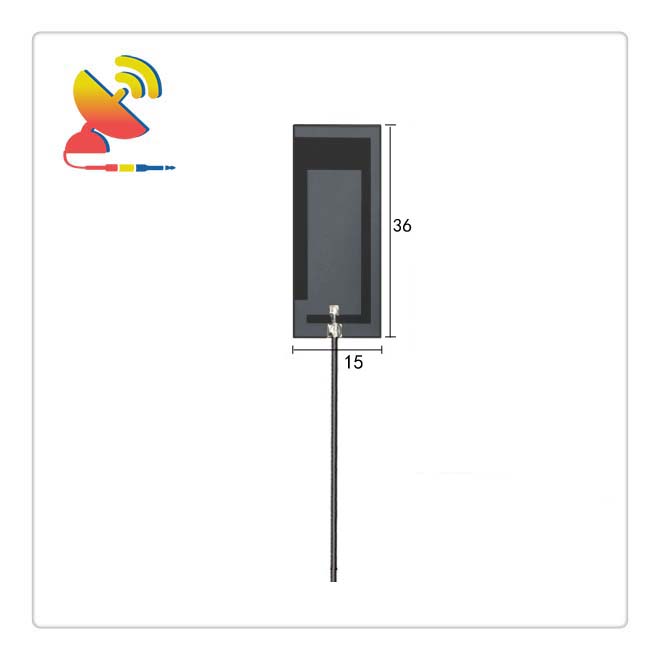
Flex PCB Antenna Features
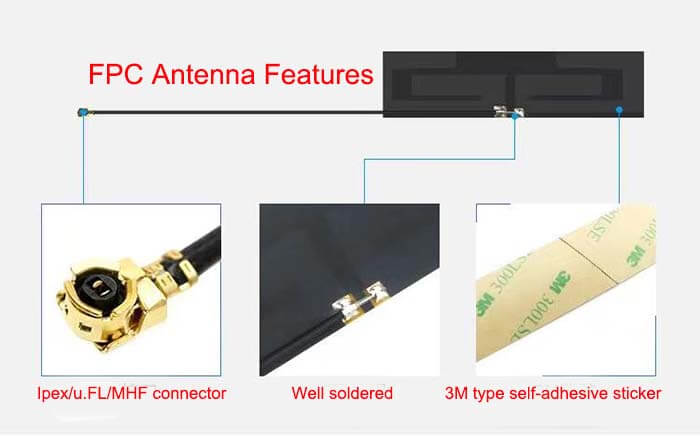


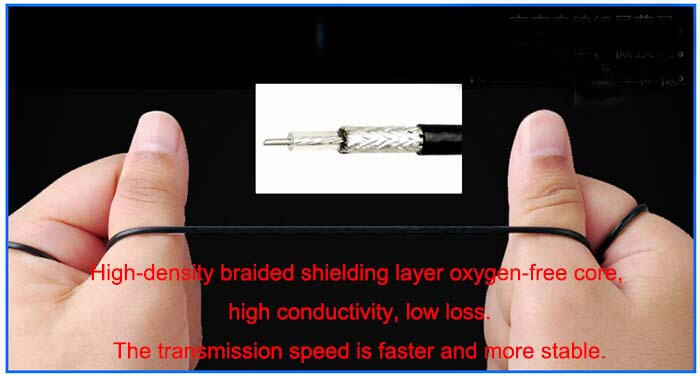

About GPS
GPS is the abbreviation of the Global Positioning System. GPS started as a project of the US military in 1958 and was put into use in 1964. In the 1970s, the United States Army, Navy, and Air Force jointly developed a new generation of satellite positioning system GPS.
The main purpose is to provide real-time, all-weather, and global navigation services for the three major areas of land, sea, and air, and for military purposes such as intelligence collection, nuclear explosion monitoring, and emergency communications.
After more than 20 years of research and experimentation, it cost 30 billion US dollars. By 1994, 24 GPS satellite constellations with 98% global coverage had been deployed.
In the field of machinery, GPS has another meaning, Geometrical Product Specifications (GPS). Another meaning is G/s (GB per second). GPS (Generalized Processor Sharing) broadly refers to processor sharing, a special term for in-network service quality control.
The system that uses GPS positioning satellites to perform positioning and navigation on a global scale in real-time is called the Global Satellite Positioning System, or GPS for short.
GPS is an omnidirectional, all-weather, all-time, high-precision satellite navigation system developed by the US Department of Defense.
It can provide global users with low-cost, high-precision navigation information such as three-dimensional position, speed, and precise timing.
The application model of satellite communication technology in the field of navigation has greatly improved the informatization level of the earth’s society and effectively promoted the development of the digital economy.
Introduction
GPS can provide functions such as vehicle positioning, anti-theft, anti-robbery, driving route monitoring, and call command. To realize all the above functions, three elements of the GPS terminal, transmission network, and monitoring platform are necessary.

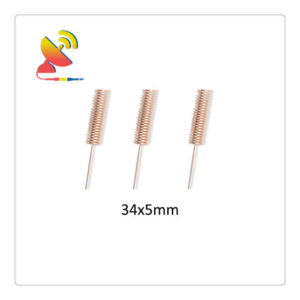

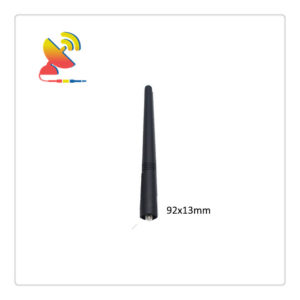
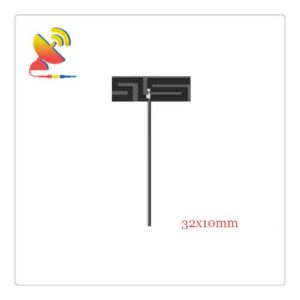
Reviews
There are no reviews yet.